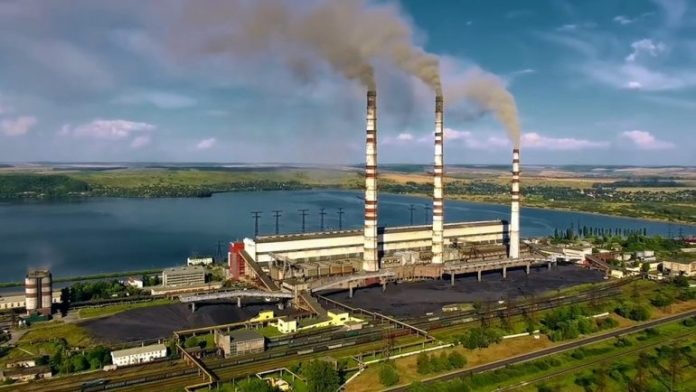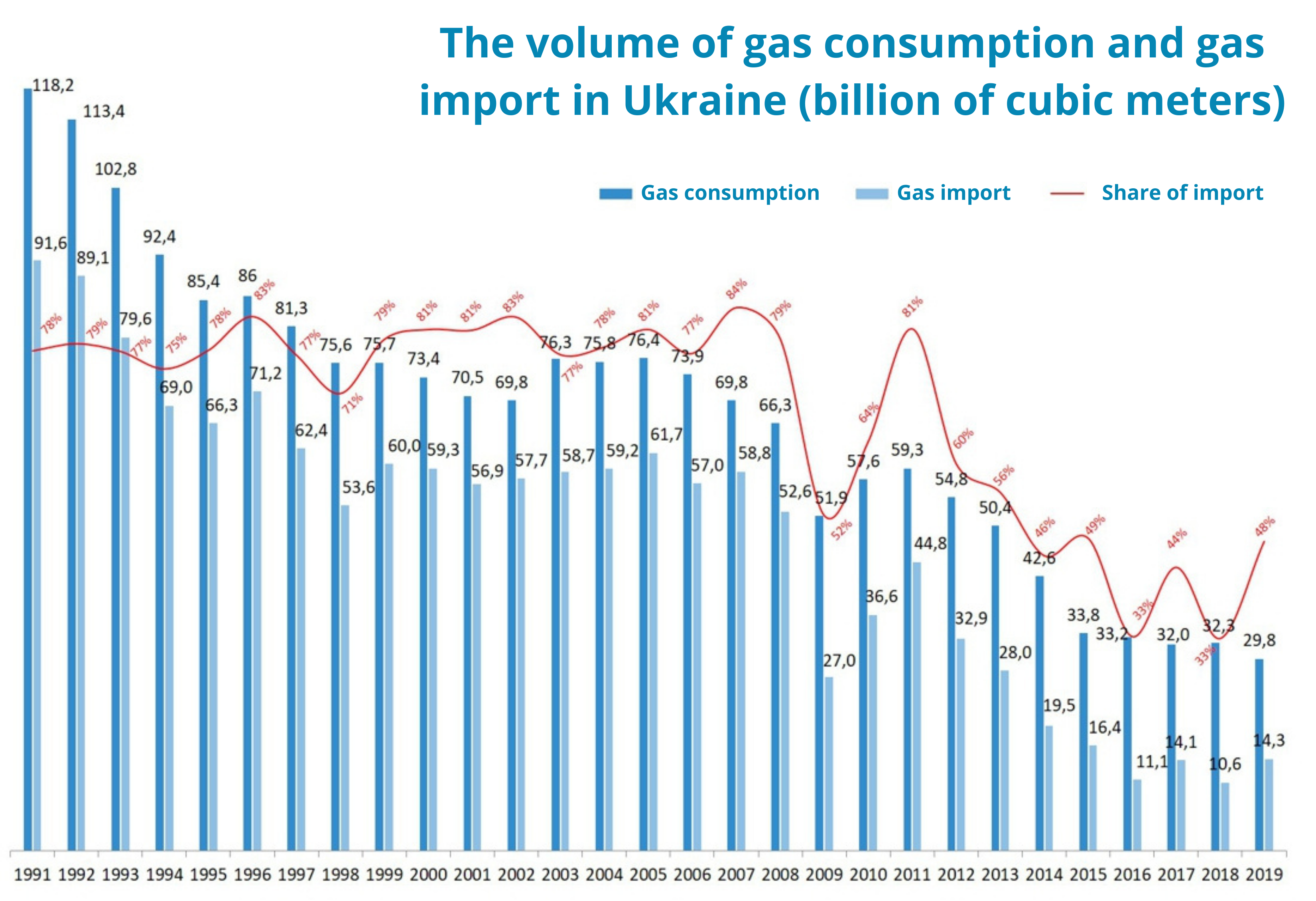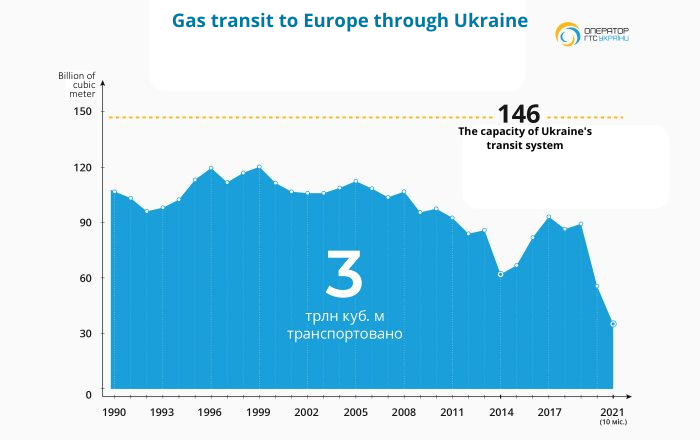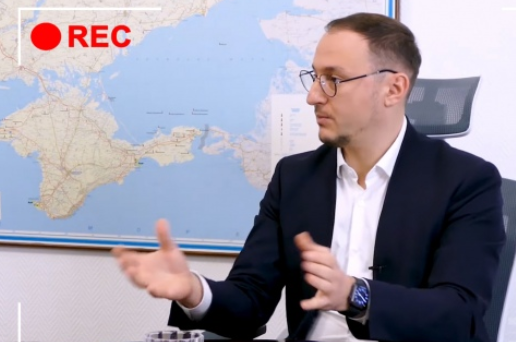Russia has halted coal and electricity imports to Ukraine starting from 1 November, along with critically limiting gas transit heading towards zero. Energy is the first lever that Moscow can apply to destabilize Ukraine internally, if it indeed plans to attack this winter, as multiple warnings from NATO and Ukrainian intelligence suggest. However, in the last eight years, Ukraine has made great efforts in limiting its dependence on Russian energy.
Here are the main facts about the current situation in Ukraine and how serious the energy problems that Russia is trying to create actually are.
Electricity and coal supplies
While Europe faces a deficit of gas, the deficit of coal may become even more critical for Ukraine this year. In 2021, its dependence on Russian coal increased to 60% of imports and about 30% of total consumption despite the previous policy of diversification of supplies. Russia used this situation by suddenly halting imports from 1 November 2021. The deficit of coal for the winter season remains at 15%, which may mean a deficit of electricity later this winter. But the government promises to arrange supplies.

Gas
Since 2015, Ukraine has seriously reduced its dependence on Russian gas. Despite the gas crisis in Europe and less gas in Ukraine this year, there is no critical shortages yet, although halting transit through Ukraine may pose a real danger to security and the economy
"Consumption of 30 billion cubic meters of gas per year, given the size of Ukraine's GDP, is too large. For example, in Poland GDP is four times higher, and gas consumption is 1.5 times smaller than in our country," states the president of the Center for Global Studies, Mykhailo Gonchar.

Obey the Kremlin or pay up: why the EU’s heating bills will skyrocket this winterUkraine is partially influenced by the European gas crisis. Yet it still remains in a relatively favorable and stable position. Customer prices remain relatively low, between UAH 7.79 and 13.50 ($0.27-0.48) per cubic meter. National and local authorities pay huge subsidies covering part of the price (Kyiv city alone has allocated UAH 2 billion ($74 million) this year to compensate part of utility bills). The remaining 16.5 billion cubic meters in reservoirs is considerably less than 27 billion last year, but enough to get through the entire heating season, authorities claim, and even offer some gas to neighbors like Moldova. While there is no critical shortage of gas on the Ukrainian market, Russia's decision to stop transit through Ukraine is the real danger. Gazprom has already limited gas transit through Ukraine radically from 186 million cubic meters per day at the end of 2020 to 57 million cubic meters per day in November 2021. And this is not only a matter of financial losses for Ukraine. Gas transit through Ukraine is also a guarantee for the country’s security. Putin is reluctant to wage a full-scale war against Ukraine until the gas is shipped because the pipeline can be easily damaged, cutting Europe off from Russian gas. Russia won’t receive its money to continue the war and more reaction from the EU can be expected. The suspension of gas transit through Ukraine also carries the danger of creating technical difficulties for the entire system. With no gas in transit, the pressure in Ukraine’s pipeline system will decrease and additional investments may be needed to pump gas for consumers in some remote areas, in particular in eastern Ukraine.

How Ukraine can still defeat Nord Stream 2
Renewable perspectives or more diversification of gas, coal, and nuclear fuel supplies?
Due to the high share of outdated power plants in Ukraine, especially thermal blocks, building new facilities is necessary. Favoring renewable energy became the mainstream policy since 2015. The share of renewables in Ukraine’s electricity generation has increased from 1% to about 8% due to one of the highest green tariffs in Ukraine worldwide, which has attracted investments. In 2020, a crisis arose as the government halted payments according to the green tariffs. However, in the latest memorandum with the IMF of 24 November 2021, Ukraine promised to pay all debts according to green tariffs. Part of the debts has been already covered by money attracted from bonds issued in November 2021. However, the problem of efficient balancing of electricity produced by renewables remains. The country needs additional balancing and storage facilities to keep the growth of renewable production, which needs further investments.Making Ukraine green again: how to keep the renewable “energy miracle” going

Read also:
- After Nord Stream-2: how Ukraine can protect its gas transit
- What Europe can learn from Ukraine’s gas woes with Russia
- Obey the Kremlin or pay up: why the EU’s heating bills will skyrocket this winter
- The Kremlin could instantly end Europe’s gas crisis by restoring transit through Ukraine
- Is freedom from the Russian gas needle possible for EU & Ukraine?





